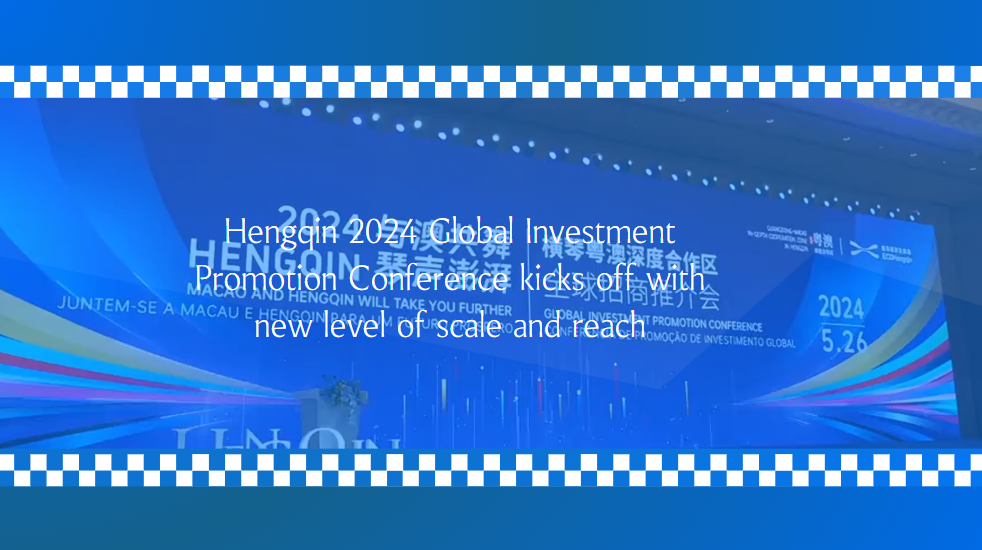RMB Reaches New Heights: 4.6% of Global Payments and Rising Corporate Adoption
In the dynamic landscape of global finance, the Chinese Renminbi (RMB) is gaining increased recognition. Recent reports highlight the currency's growing significance, showcasing a steady ascent that marks a notable development in the international monetary system.
A Surge in Global Payments
According to the China Financial Policy Report 2024, the RMB's share in global payments reached a record 4.6% in November 2023, surpassing the Japanese yen and becoming the fourth most-used payment currency worldwide. This data, derived from SWIFT, underscores the RMB's rising prominence in international transactions.
This report, jointly produced by the PBC School of Finance at Tsinghua University and the Financial Policy Research Center of the Chinese Academy of Social Sciences, emphasizes the strategic efforts behind this ascent. China's continued financial reforms and market openings have played a crucial role in elevating the RMB's status on the global stage.
Foreign Investment Confidence
Foreign investors currently hold around 10 trillion yuan (1.406 trillion USD) in Chinese domestic assets. This substantial investment reflects growing international confidence in China's economic stability and potential. Ding Zhijie, Director of the Foreign Exchange Research Center at the State Administration of Foreign Exchange, notes that the RMB is increasingly used as a third-party currency in transactions beyond Chinese economic entities, further indicating its broader acceptance.
Strengthening Financial Institutions
China's financial institutions are also gaining global recognition. The report highlights that five Chinese banks are now listed among the 29 global systemically important banks. Their improving scores reflect the rapid development and enhanced global competitiveness of Chinese financial institutions. This progress is pivotal as China continues to build a modern financial system characterized by robustness and resilience.
Insights from Corporate Usage
The "Cross-border Renminbi Observation Report," unveiled by Tu Yonghong, Deputy Director of the International Monetary Institute at Renmin University of China, provides deeper insights into corporate behavior regarding RMB usage. Analyzing responses from 1,657 enterprises, the report reveals that over 70% of these enterprises use the RMB for cross-border trade settlements. This finding points to a significant shift towards the RMB in international business operations.
Motivations Behind RMB Usage
The motivations for using the RMB in cross-border transactions are multifaceted. Approximately 70% of enterprises cite asset safety as a primary reason, while nearly half aim to optimize risk allocation. About 35% focus on cash management, and 30% are attracted by the RMB's promising returns. These diverse motivations highlight the currency's strategic advantages in international finance.
Challenges and Opportunities
Despite these positive trends, the report identifies several challenges that need to be addressed. For instance, only 19.18% of enterprises have engaged in RMB trade financing, and 16.18% use RMB for cross-border cash management. The complexity and inconsistency of policies are also significant barriers, with 63.84% of enterprises pointing to policy complexity and 43.23% citing legal compatibility issues as obstacles.
Moreover, the acceptance of the RMB by trading partners remains limited. Concerns over exchange rate volatility, restricted usage scenarios, and unfamiliarity with RMB-related processes contribute to this reluctance. Additionally, 45.78% of enterprises identify capital flow barriers, and 20.07% highlight the insufficiency of hedging tools. Approximately 30% of enterprises see exchange rate fluctuations as a major risk in using the RMB for cross-border settlements and direct investments.
The Path Forward
The findings from these reports suggest a clear trajectory for the RMB’s continued rise, but they also highlight the necessity for strategic improvements. By addressing the identified challenges and leveraging the strengths of the RMB, there is potential for further integration into the global financial system.
Enhancing policy clarity and consistency, expanding the financial services network, and increasing international collaboration are essential steps. Additionally, fostering innovation in financial products and strengthening risk management capabilities will be crucial for enterprises navigating the complexities of global finance.
A Vision of Enhanced Global Role
The rise of the RMB is a significant development in the context of global finance. As China continues to reform its financial markets and embrace global integration, the RMB is poised to play an increasingly central role in the world economy. This journey, marked by significant milestones and guided by strategic imperatives, reflects a broader trend of financial cooperation and stability.
In conclusion, the ascent of the RMB is an important development in the international financial landscape. By continuing to innovate and collaborate on the global stage, the RMB has the potential to contribute to a more interconnected and robust financial ecosystem.






















































First, please LoginComment After ~